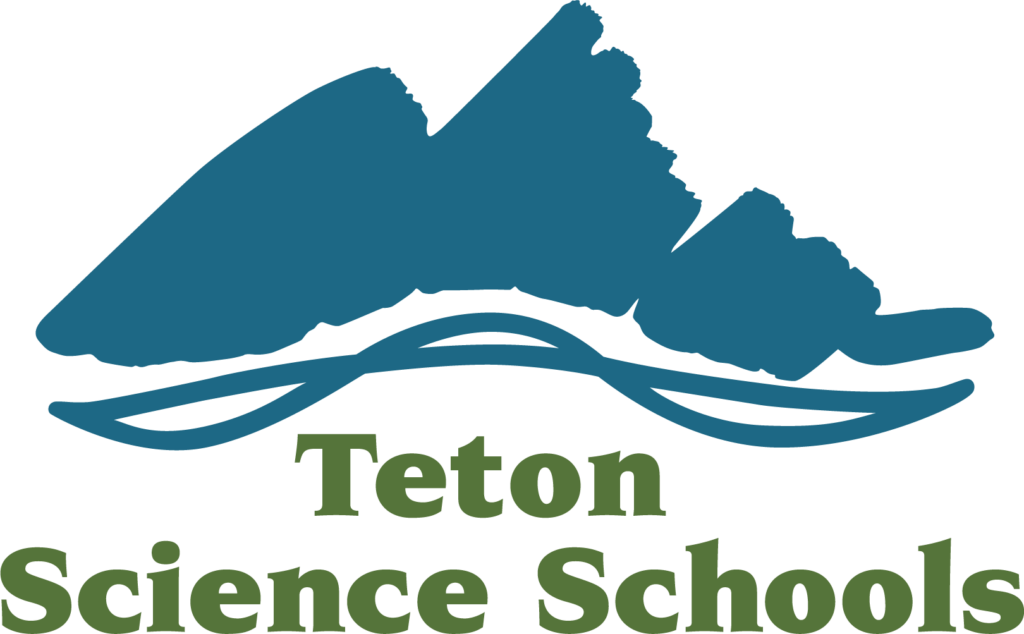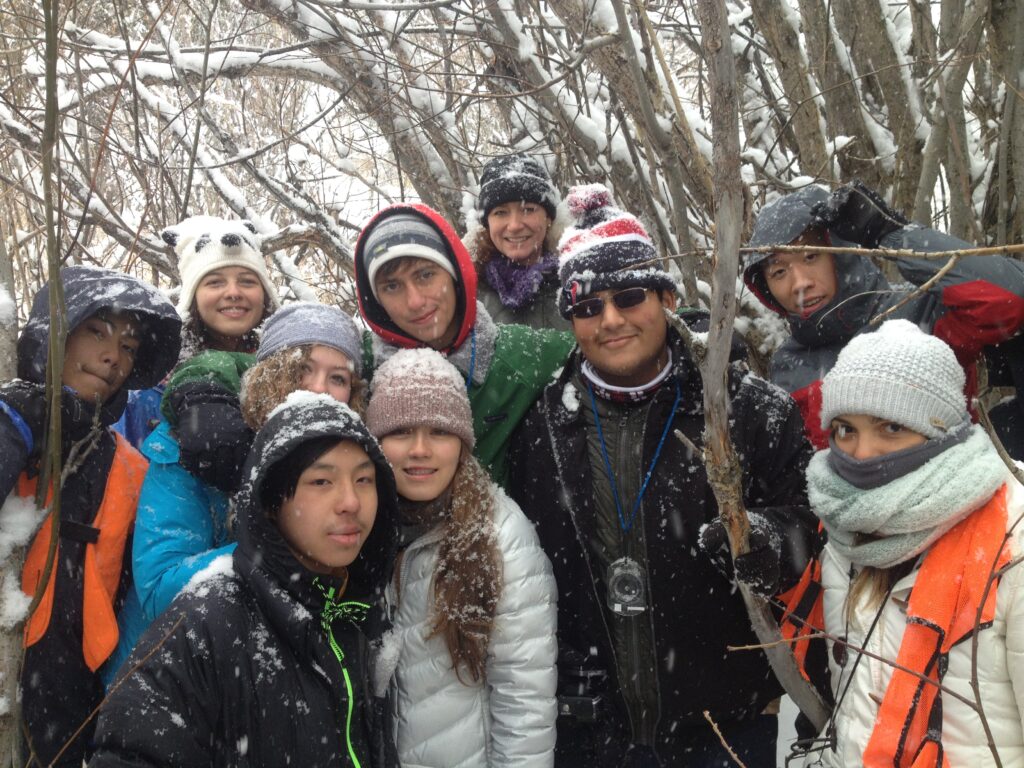
Ask every member of the Teton Science Schools’ Field Education team why they do what they do, and you’re likely to find yourself peering into a constellation of diverse personal motives. Many will share stories of childhood adventures in nature and their wish to share these experiences with another generation. Others will tell of their passion for science and its power to address the challenges we face as a global community. Still others may simply and stoically assert that they’re here to “save the world.” But at the same time as we have these individual motivations, as a team we also possess a shared motivation, a collective “why” that inspires and directs our teaching. In her foreword to David Sobel’s “Place-Based Education,” Laurie Lane-Zucker hints at what brings our team together:
In practice, place-based education often belies the seriousness of the ecological problems it seeks to remedy because it emphasizes creative exploration and the joyful realization of the ties that connect a person with nature and culture in her place. It does so out of the realization that love – love of nature, love of one’s neighbors and community – is a prime motivating factor in personal transformation.
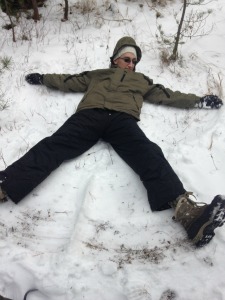
We believe in the transformation of the individual, that each student stepping off a bus and into the crisp Wyoming air has the chance discover something great within nature, within her community, or within herself. Last week, many of us were reminded that the opposite is also true: each student, no matter where he comes from, has the chance to show us something important within the natural world, within our community, or within ourselves.

The Village School of Houston, Texas arrived in Jackson just in time for a week of biting cold and wind-whipped snow. While there were the obvious lessons that came from facilitating field instruction with kids from Texas in less than balmy conditions, the real gems stemmed from the richness of each student’s life experience. Half day students and half boarding students, many of these young adults called places like Abu Dhabi, Paris, Lebanon, and Hong Kong home. Many students had moved countless times and boasted more stamps on their passports than even the most well traveled adults.
As a place-based educator, I was immediately interested to learn how these students’ life experiences shaped their connection to place. So I asked, amazed at the lessons on connecting to place that came couched in their reflections.
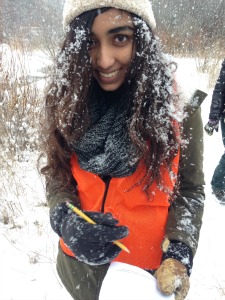
“Many places I drive by bring me heartwarming flashbacks of times spent with family and friends.”
“I think connections are made through appreciation of a place as well as being with amazing people who make you happy.”
For many of these students, people and place were inextricably linked. We often forget about the social component of connecting to place in our attempts to focus students on this plant or that animal. But for these students, who were at an age when peer-to-peer relationships are of paramount importance, the process of making meaning happens through interactions with both place AND community. To neglect this is to overlook a valuable instrument of teaching and learning.
“Lebanon is where I call home despite the amount of bombs or gun shots you hear from your bedroom window. I automatically dismiss those traumatic experiences when I think of the many memories I have had there.”
A connection to place is resilient and also serves as a source of resilience. Enduring knowledge and love of a place or a community is transformative and allows us to find the best in ourselves and our surroundings. Many students offered stories of how a specific place kept them grounded in challenging times, a reassuring idea for the place-based educator.
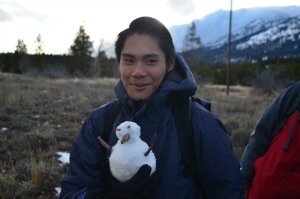
Unlike these written testaments, the most powerful lesson in place, for me, came from one Village School student who struggled so much with the idea of connecting to place that he could not write anything down. He asserted that he had no place, that his transient life had made it impossible to develop the meaningful connections his peers had shared in their writing. His experience is not unique, and I suspect—and hope—that his conclusion, that without roots connection to place is impossible, does not have to be true. Our hope at Teton Science Schools is that a place-based education, even one based in a land as foreign to these young people as Wyoming, can transform an individual’s ability to see his surroundings and to embrace and love his place no matter how frequently it changes.
